Background:
I'm working on a project that needs to accurately and quickly measure the rotational speed of the engine in my car. It is a MK3 Ford Focus, and each spark plug has a coil-on-plug that has three wires going to it from the ECU. They are signal, +12v, and ground. When the ECU wants to fire one of the plugs, it sends a +12v pulse on the signal line. The frequency of the pulse is going to be something between 0 and 100hz (ish).
Question:
What is a circuit that I can use to:
1) clean up the noise on the pulse, as it is pretty noisy.
2) Drop it to something that a) won't kill and b) can be detected by an AVR/Arduino/etc.
Is there any relatively simple way to do this?
